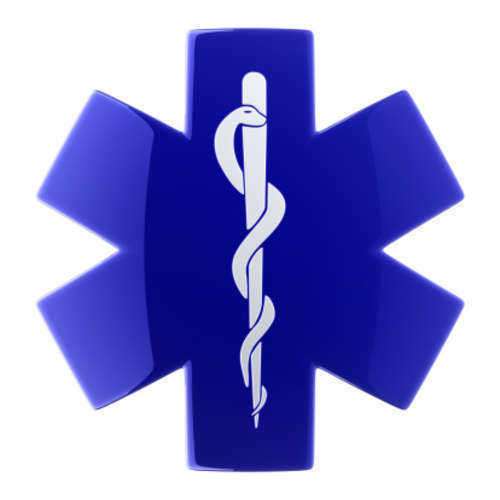
Medical malpractice is the negligence or intentional oversight on behalf of a medical professional that results in tangible harm to the patient. Tangible harm is a term that is ultimately up to the common sense standard of the court, but generally indicates an observable change in the victim's life for the worse. It is important to note that medical malpractice is handled on a state by state basis, with caps for punitive damages and standards of care specified in detail by state law. Medical malpractice suits are resolved at the state court level, and generally do not petition the higher federal courts for appeal unless the state law in question is a violation of federal law or constitutional rights.
Exact definitions of medical malpractice may vary, but generally include misdiagnosis or failure to produce an accurate diagnosis to the best of one's ability. For example, if a patient displays routine symptoms of a standard condition, it is the physicians legal duty to recognize said symptoms within his or her declared area of practice. Failure to do so may constitute medical malpractice if the oversight results in harm to the patient.
For example, if a patient complains of a foot injury, and an xray shows visible indication of a fracture, it is the physicians responsibility to cast the foot and place the patient on some form of assisted mobility – wheelchair, crutches, walking cast, cane, etc. In this instance, if a treating doctor fails to treat the fracture accordingly, he or she is liable for medical malpractice should the patient's continued normal activity on the fractured foot result in further injury or pain and suffering with related losses.
In the same aforementioned example, however, if the fracture is not obvious by a reasonable standard of care established by the court, then resulting injuries may not constitute negligence or malpractice on the physician's behalf.
States establish tangible limits on medical malpractice damage awards for punitive damages. For instance, new jersey malpractice law caps damage awards at 5 times the actual damages or 350,000 USD, whichever is greater. In other states, however, this amount is different and may be greater or less, as there is no national cap for damage award in malpractice litigation. If you need legal advice and assistance, contact malpractice lawyers.



























